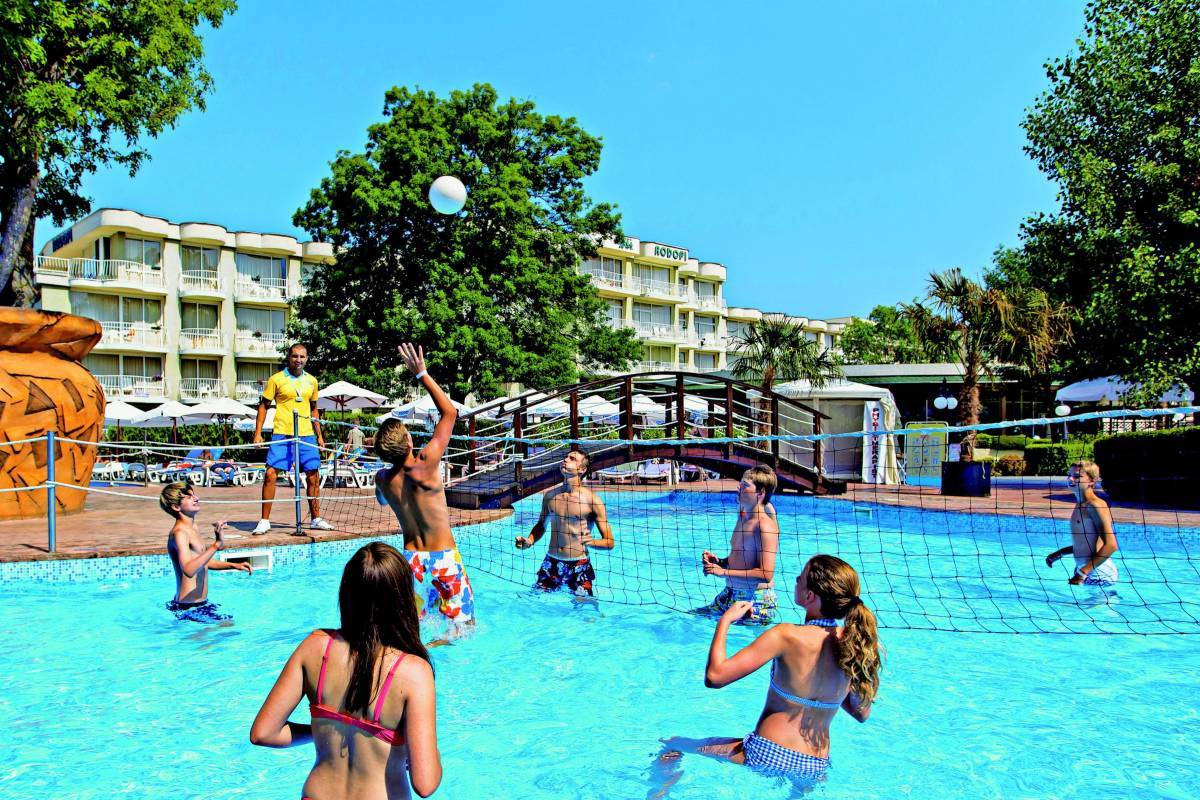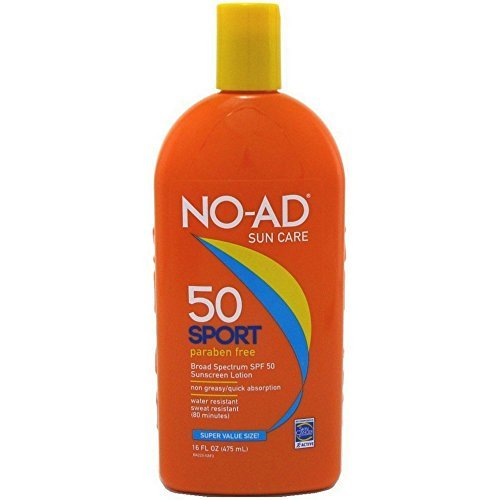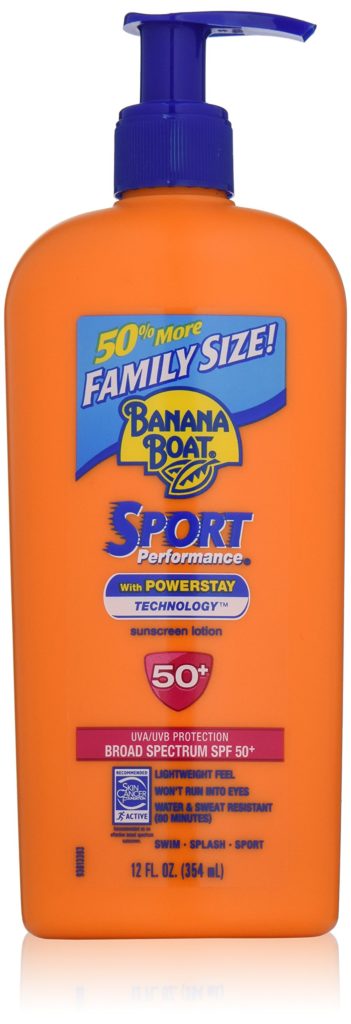Sun and smoking are your skin’s enemies
Everybody wants to look young and stay looking that way for life. There are so many creams, lotions and potions claiming to keep your skin younger looking but the truth is that unless it’s a prescription medication, over the counter products do not have any effect on normal skin aging. However when you realize that the most important factor in skin aging is the sun! Long term exposure to the sun not only causes sunburn but causes long-term changes to skin cells which brings on ages spots, moles, uneven skin changes, wrinkling, and worst of all can promote cancerous lesions which can be deadly if not caught and removed early. Another factor in skin damage is smoking which wrinkles and yellows the skin besides blackening your lungs and promoting cancer, but it’s relatively easy to avoid smoking. The sun may not be so easy to avoid however. If you spend a lot of time outdoors it’s important to dress properly with clothing that will shield you from the sun. This might be more difficult than you imagine since the sun’s UV radiation can easily penetrate fabrics and cause serious skin damage. A hat is critical as well since you can easily be burned through your hair, even if you have very thick hair.

People tend to assume that sun protection is only important in the summer, but the truth is that you can be sunburned and incur sun damage all year round. Just because it’s cold doesn’t mean the sun isn’t radiating its damaging UV rays on your skin. Even when the sky is cloudy the suns UV rays penetrate the clouds. UV radiation can’t be seen, it’s invisible to us. In fact it can also damage the eyes, causing early cataracts and retina damage, which is why it’s always a good idea to wear sun shades which block UV radiation whenever you’re outside in the daylight. This is particularly important on snowy days believe it or not, because the white snow reflects the sun straight into your eyes. The white snow actually amplifies the sun’s radiation since it doesn’t absorb it as black or dark surfaces would. Other surfaces reflect the sun at you as well, such as grey cement surfaces, areas covered by water, and sandy beaches!

How about tanning? There are even all these tanning salons that claim to use “safe UV lamps.” That’s nonsense, there is no such thing as safe UV radiation. The reason the skin darkens in the sun is due to an attempt to protect itself from damage. The cells produce melatonin which helps prevent damage from the assaultive UV rays. It’s kind of like getting a boil after burning your skin in fire, the body sends fluid in order to protect the damage skin which produces the swollen boil. Not something you want. There is no such thing as a “healthy tan.” A tan means you have damaged your skin, and the damage doesn’t go away once the tan disappears. Later on in life DNA changes to those sun exposed cells can mutate and cause all the unwanted ugly effects to the skin, and skin cancer. The only safe way to get a tan is to use one of those artificial lotions that gives you the appearance of a “healthy tan” with none of the damaging side effects!

While proper clothing is the best way to protect covered areas of your skin, sunscreen lotions can do wonders in protecting your face and other exposed skin areas. If your clothing is thin and is likely to allow penetration by the sun UV rays it’s always a good idea to apply a sunscreen lotion under your clothes as well. The most important hours of the day to protect your skin is between the hours of 10 AM and 4 PM Daylight Savings Time or 9 AM to 3 PM standard time. The sun’s UV radiation is most powerful in the warmest time of the year but as mentioned above it’s always there and you’re always susceptible to it, so be sure to protect yourself.

Things to remember about protecting yourself from the sun:
- Stay in the shade, especially during midday hours.
- Wear clothing that covers your arms and legs.
- Wear a hat with a wide brim to shade your face, head, ears, and neck.
- Wear sunglasses that wrap around and block both UVA and UVB rays.
- Use sunscreen with a sun protection factor (SPF) of 15 or higher, and both UVA and UVB (broad spectrum) protection.
- SPF refers to how long a person will be protected from a burn. (SPF 15 means a person can stay in the sun 15-times longer before burning.) SPF only refers to UVB protection.
- To protect against UVA, look for products containing: Mexoryl, Parsol 1789, titanium dioxide, zinc oxide, or avobenzone.
- Sunscreen performance is affected by wind, humidity, perspiration, and proper application.
- Throw away sunscreens after 1–2 years (they lose potency).
- Apply to ears, scalp, lips, neck, tops of feet, and backs of hands.
- Reapply at least every 2 hours and each time a person gets out of the water or perspires heavily.
- Some sunscreens may lose their effectiveness when applied with insect repellents. You may need to reapply more often.
- Wear clothing with a tight weave or high-SPF clothing.
- Wear wide-brimmed hats and sunglasses with UV protection and side panels.
- Take breaks in shaded areas.
- Avoid indoor tanning.

Sunscreen Q & A:
Q: Are all sunscreens are pretty much the same?
A: No, they vary widely. At minimum you must select a sunscreen of at least 15 SPF, and it must state “broad spectrum” on the label which means both UVA and UVB rays are blocked. It’s also important that it’s water resistant particularly if you go into water or are sweating.
Q: Do you need to wait a while after you apply sunscreen before it becomes effective?
A: Yes! You should apply sunscreen about 30 minutes before sun exposure so it has a chance to soak into your skin. You also need a good amount of it, about 2 tablespoons to cover all exposed areas, including your neck, temples, ears and back.
Q: Do you need to re-apply sunscreen during the day?
A: Absolutely! The sunscreen’s protection only lasts for about 2 hours before it needs to be reapplied! If you sweat or go in the water, you need to reapply it immediately. Sunscreen is not cheap but it’s better than getting a sunburn or damaging your irreplaceable skin.
Q: Are tanned people healthier?
A: No, tanning doesn’t do anything positive for your health, it’s actually a sign of injury to the skin. It’s true that sun exposure produced necessary Vitamin D but the exposure needed for the body to produce it is very brief. In 10 minutes of sun exposure the body can produce enough Vitamin D to last for weeks. There is no benefit from long sun exposure, only damage.
We’ve picked some of the best rated sunscreens you can purchase at Amazon. These have high SPF ratings and are well liked by customers:
No-Ad Sport Sunscreen Lotion, SPF 50 16 oz.

NO-AD Sunscreen Lotion, SPF 60
Ultra Protection for any Sporting Activity.
Sport Broad Spectrum SPF 50 has been specially formulated for the active lifestyle. This lightweight, fragrance free lotion absorbs quickly without slowing you down. NO-AD is perfect solution when you’re on the go!
With Avobenzone, Aloe & Vitamin E
Water Resistant (80 Minutes)
Paraben-Free
NO-AD Sport Sun Care Body and Face Stick SPF 50 1.5 oz
About the product
Paraben-free
Water resistant (80 minutes)
Goes on clear

About NO-AD
NO-AD Sun Care was introduced in 1962 with the concept of providing consumers with quality sun care products that are twice the size as national brands for the same price – all with “no TV ads”, no hype and no gimmicks. NO-AD has been protecting families for generations with great quality products at a great value.


Banana Boat Sport Performance Sunscreen Lotion provides long-lasting, very water/sweat resistant protection for any sport activity. The patented formula helps prevent sunburn and skin damage while Active Dry Protect formula delivers quick absorption and no greasy feel. Convenient pump dispenser makes application fast, easy and less messy for the whole family
About the product
REEF SAFE Sunscreen, made without oxybenzone and octinoxate
Fragrance-Free
Non-Greasy
Won’t run into eyes
Very Water/Sweat Resistant
Hypoallergenic formula
Directions
Apply generously and evenly to all areas 15 minutes before sun exposure, reapply at frequent intervals and after swimming or towel drying, ask a doctor before use on children under six months of age.
Some more sun screen tips from Banana Boat:
What is SPF?
The sun protection factor, or SPF, of sunscreen is a multiplier that tells you how much longer you can stay in the sun than normal without burning your skin. If you can tolerate 10 minutes in the sun without a burn, an SPF of 30 will provide 30 times that length of time, or 300 minutes of protection without burning.
What are UVA and UVB rays?
Both UVA and UVB rays cause damage to your skin. UVA rays are the main cause of skin aging and wrinkling, while UVB rays cause burning. Both contribute to the development of skin cancer. For the best protection, use a sunscreen with broad spectrum UVA and UVB protection.
It’s cloudy outside–why do I need sunscreen products?
UVA rays are present throughout the year and can penetrate glass and clouds. They account for up to 95 percent of UV rays on the Earth’s surface. UVB rays vary by season, location, and time of day and are strongest between 10 a.m. and 4 p.m. in April through October.
How often should I reapply?
For maximum protection, reapply every two hours or immediately after swimming, excessive sweating or towel drying. Banana Boat Sport Performance Faces Lotion SPF 30 is water resistant for up to 80 minutes.
Are there any other Banana Boat sunscreen products recommended for complete coverage?
Yes, Banana Boat Sport Performance Sunscreen Stick is ideal for spot application around the ears, nose, and eyes, while Banana Boat Sport Performance Sunscreen Lip Balm protects and moisturizes your lips. There are also continuous spray can options if you prefer that method of application.

Sun Care Application Guide:
1. Apply sunscreen at least 20 to 30 minutes before you hit the slopes, waves or trail. Be sure to coat those spots that will get prolonged exposure, like the back of your neck and shoulders. If you plan on being active, use a water-resistant sunscreen, like Banana Boat Sport Sunscreen Lotion SPF 30.
2. Reapply sunscreen frequently, at least every two hours. If you’re in the surf or if you’re breaking a good sweat, reapply more often.
3. One ounce of sunscreen should cover you from head to toe if you’re wearing a swimsuit. That dollop’s about the size of a golf ball.
4. The “farmer’s tan” is especially likely when hiking, climbing or biking. So put sunscreen on before you dress, ensuring that you cover those often-forgotten spots, like ears, and the backs of hands and arms. If possible, carry a spray-on sunscreen with you, like UltraMist Sport Continuous Spray SPF 30, so you can keep moving.
5. Doesn’t matter whether it’s football or baseball season. If we’re lucky, the sun’s rays beam down on us every day. So use Banana Boat’ Sunscreen all year round.
6. Just because it’s cloudy doesn’t mean you should skip the sunscreen. Dispersed sun rays still reach our skin, so you should still use sunscreen. If you’re on the court or the course under clouds or haze, use at least a mid-range SPF like Banana Boat’ Sport Sunscreen Lotion SPF 15.
7. Love the snow? Know that the higher you go, the stronger the sun. If you’re skiing or snowboarding on a mountain, experts recommend a sport sunscreen with an SPF 30 or higher.
8. Remember that water acts as a lens, reflecting the sunlight to your skin and magnifying the effect. So whether you’re on a board or a boat, use a high SPF sunscreen that’s also water-resistant for more hard-hitting protection.










